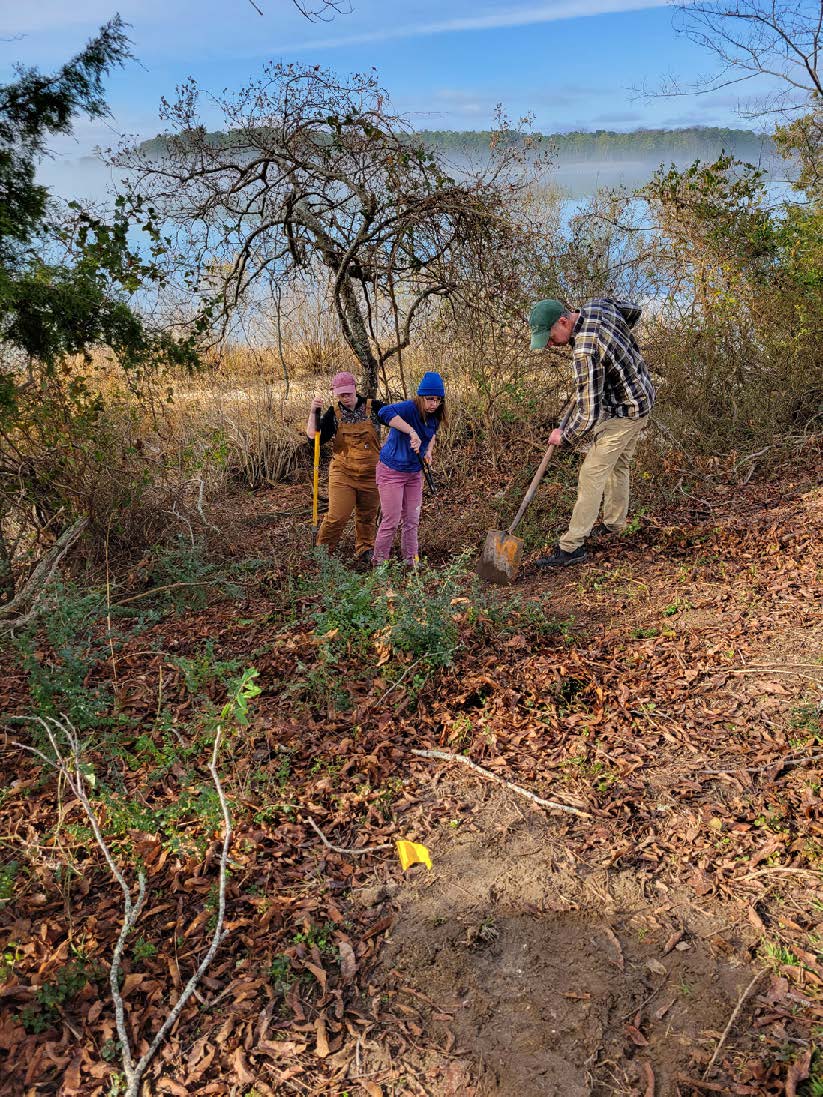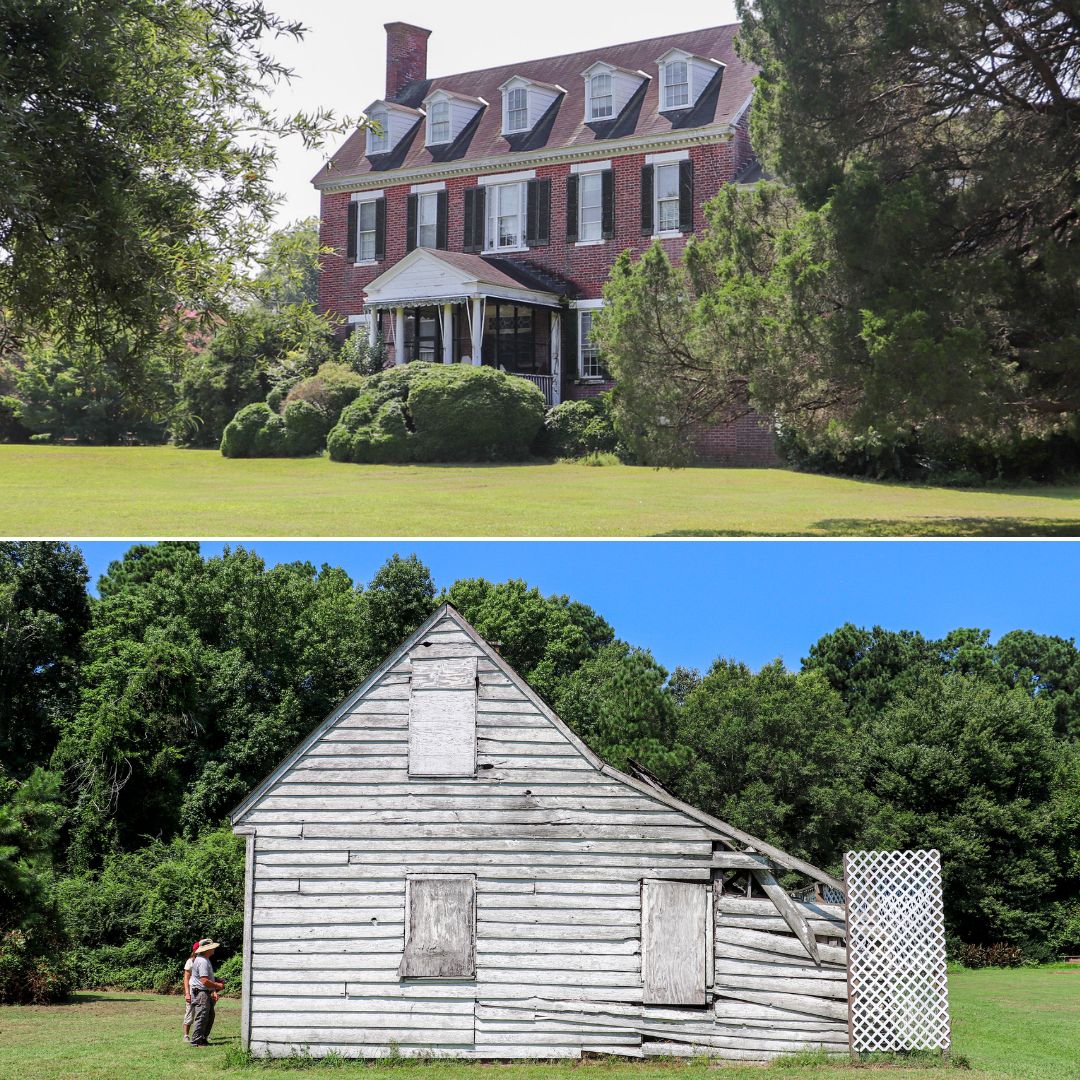African American Watermen Project
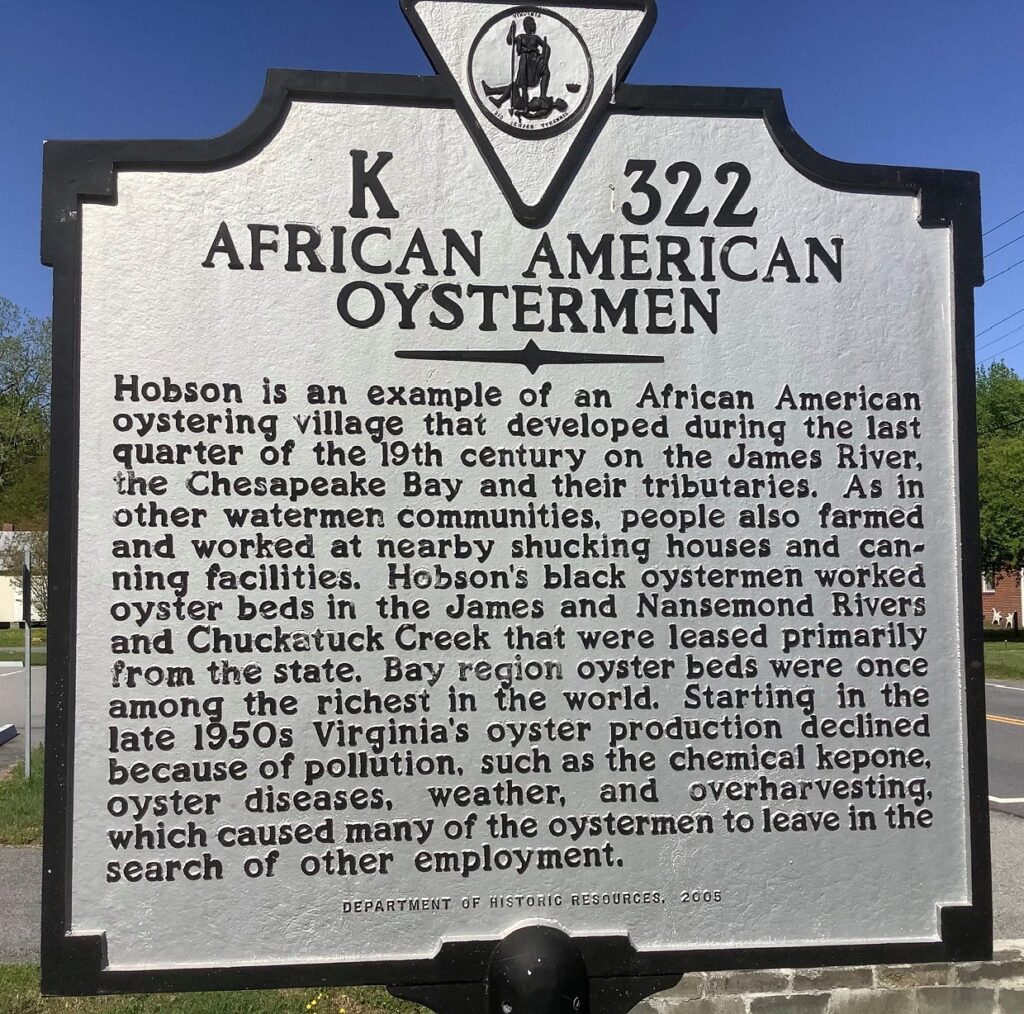
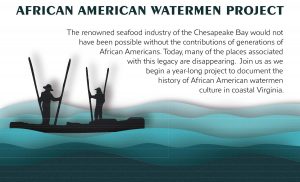
The renowned seafood industry of the Chesapeake Bay would not have been possible without the contributions of generations of African Americans.
Following the Civil War, self-employment in oystering, crabbing, fishing, and boat building provided independence and self-sufficiency for Black watermen. Labor employment opportunities also supported the processing, packing, and shipping of seafood to all parts of the eastern United States.
Today, many of the places associated with this legacy are disappearing. To address this threat, DHR is partnering with the National Trust for Historic Preservation, the National Park Service Chesapeake Bay, and the Chesapeake Conservation Partnership to document African American watermen culture in Virginia’s coastal communities.
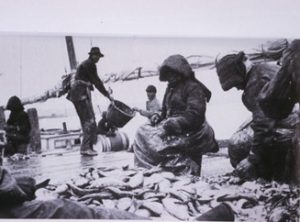
The yearlong project will result in the documentation of approximately 100 historic resources associated with Black watermen culture and a Multiple Property Document, an National Park Service form used for documenting property groups relating to one or several historic themes or contexts. The MPD streamlines the nomination of related individual sites or historic districts on the National Register of Historic Places.
For the purposes of this project, the Chesapeake Watershed in Virginia is defined as tidal waters east of the fall line that drain into the Chesapeake Bay. It is expected that property types documented during this project will include African American communities that developed around watermen activities as well as individual resources (wharfs, boatbuilding facilities, canneries, etc.) associated with African American populations.
The National Trust for Historic Preservation hired Commonwealth Preservation Group to complete this project.
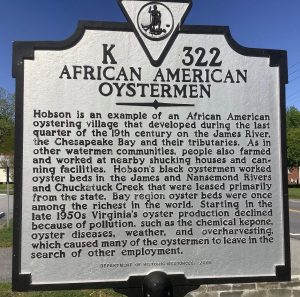
Do you have information to share about this topic?
If you have information to share about places or people related the history and legacy of African American watermen, please use this comment form.
Public Meeting
DHR convened a virtual public information session on Tuesday, September 14, to discuss this project in more depth.
This page will be updated periodically as the project progresses.




